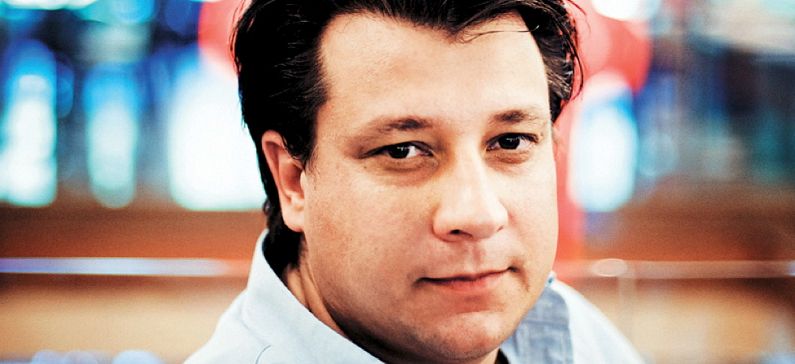
The “cartographer” of the genome of one thousand people
When in 2000 Aris Patrinos and Craig Veder stood next to the U.S. president, Bill Clinton announcing the decoding of human genome, the achievement was only related to the «alphabet» of the code that creates life. In decoding the “grammar” code, we had to wait just for a few years, in order bioinformatics and metagenomics -the new sciences- which analyze the complexity of the genome, the countless ways of producing life and certainly the mutations that cause diseases, to be developed. Today two new international programs, are trying to achieve that, closing up to a young Greek biologist.
«In 2000 we realized the basic structure of DNA, but soon we realized that its diversity is enormous. Everyone has different combinations of genes and they act in different ways, «says to «Kathimerini, «the 35 year-old biologist from Heraklion, Crete, Manolis Dermitzakis, who works as a researcher at the Sanger Institute in Great Britain. «So”, he continues, “for example, proteins produced by these genes may vary in quantity from person to person or we can observe changes in the structure of a protein, changes in the regulatory regions of genes that determine the body part in which this can act etc».
A few years ago, Mr. Dermitzakis played a leading role in the research project ENCODE. A major international attempt to understand the function of the 90% of the human genome, previously called «useless». Within the ENCODE, Mr. Dermitzakis and his colleagues from around the world, found that these specific genes are just the «verbs» of a complex syntax, that the so-called “useless” DNA needs in order to be activated so as to perform a function.
The revelations of the program showed that the complexity and diversity of the human genome is such that we must search in detail the causes of both the evolution of mankind, and his disease. Two people can be identical in 99%. That 1%, that differentiates them may determine very important information for them, such as height, colour, or even predisposition of developing serious illnesses such as heart disease, diabetes and cancer.







